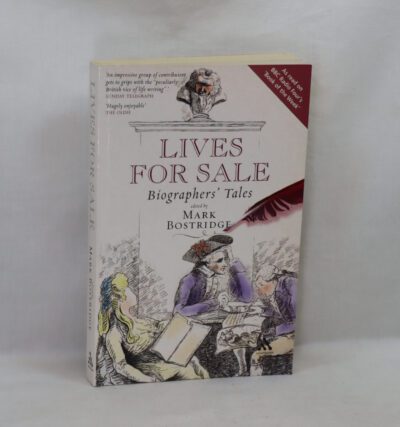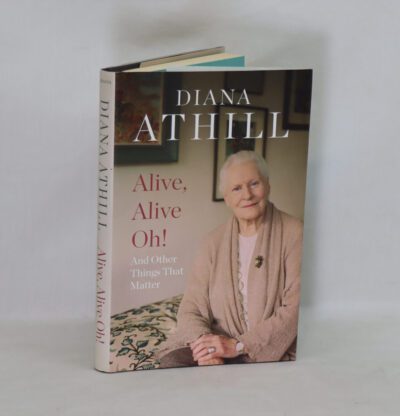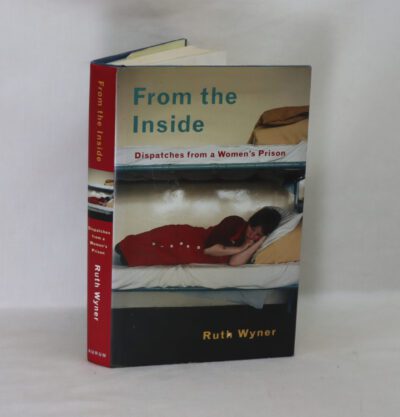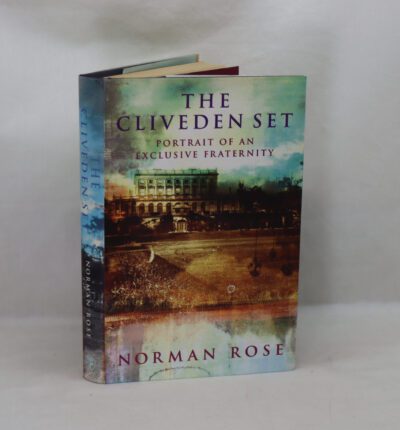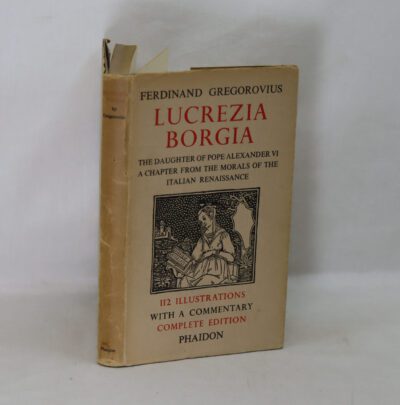Anna, Duchess of Cleeves.
By Heather R Darsie
ISBN: 9781445677118
Printed: 2019
Publisher: Amberley Publishing. Stroud
| Dimensions | 17 × 24 × 3 cm |
|---|---|
| Language |
Language: English
Size (cminches): 17 x 24 x 3
Condition: Fine (See explanation of ratings)
Your items
Item information
Description
In the original dustsheet. Black cloth binding with gilt title on the spine.
-
F.B.A. provides an in-depth photographic presentation of this item to stimulate your feeling and touch. More traditional book descriptions are immediately available.
Anna was the ‘last woman standing’ of Henry VIII’s wives – and the only one buried in Westminster Abbey. How did she manage it? Anna, Duchess of Cleves: The King’s ‘Beloved Sister’ looks at Anna from a new perspective, as a woman from the Holy Roman Empire and not as a woman living almost by accident in England. Starting with what Anna’s life as a child and young woman was like, the author describes the climate of the Cleves court, and the achievements of Anna’s siblings. It looks at the political issues on the Continent that transformed Anna’s native land of Cleves – notably the court of Anna’s brother-in-law, and its influence on Lutheranism – and Anna’s blighted marriage. Finally, Heather Darsie explores ways in which Anna influenced her step-daughters Elizabeth and Mary, and the evidence of their good relationships with her. Was the Duchess Anna in fact a political refugee, supported by Henry VIII? Was she a role model for Elizabeth I? Why was the marriage doomed from the outset? By returning to the primary sources and visiting archives and museums all over Europe (the author is fluent in German, and proficient in French and Spanish) a very different figure emerges to the ‘Flanders Mare’.
Reviews:
-
A long overdue aspect about this most interesting lady – this time through the eyes of her German family. Extremely well researched and a fantastic tribute to one of Henry VIII’s most mysterious wives. This work gives Anna of Cleves the credit she earns, not as a marriage pawn but for the bright, thoughtful and important woman she was! A huge round of applause to the author for explaining the political stage in Germany to those not familiar with this section of history – it does make all the difference in understanding this woman’s actions and unfortunate events that followed. A must read for all that seek a different, yet true and researched angle of history.
-
Heather R Darsie has spent considerable time researching her new work on Anna Duchess of Cleves, fourth Queen to King Henry Viii, the much married monarch, in various archives, including Germany and brings us much more information about the inner Court in the United Duchies and the political turmoil which was partly responsible for her being removed as Queen of England. Ms Darsie has provided new evidence that places the date of birth of Anna of Cleves, the older sister of William, later Duke of Cleves as being in June or July 1515 rather than the traditional September date based on the births of her siblings and the confinement of her mother, Duchess Maria. She has also provided an excellent insight into the cultural influences from the Court of Burgundy on Cleves and her territory and removed many of the myths regarding Anne’s upbringing and education. An interesting and intimate look at the Frauenzimmer or Ladies Room, the political fall out between Jullich Cleves Berg and Saxony, through their sister, Sybilla and her husband, Johann Frederick, the crisis of religion and the Guelders inheritance pressure by Charles V all contributed to a greater understanding of Anne of Cleves, her family and the real influences on her marriage and annulment. All of these are explored from numerous archive sources, letters and papers, although there is a problem with referencing which I shall explain at the end. We get a very real sense that much of what was claimed by Thomas Cromwell and others on the orders of King Henry Viii was invented for mere political convenience. Ms Darsie questions the letters of Cromwell from the Tower as being true recollections of his meetings with in the King in which Henry complained about the looks and demeanour of his new wife, her hygiene, her body, her virginity or lack of, his ability to consummate the marriage and general dislike of Anna. She also explores the German accounts of the fatal first meeting and Henry’s alleged attempts to get out of his marriage, which vary greatly and introduces us to a different theory, the dangerous and swiftly changing race towards war in Europe. Looking at evidence from letters from Sir Thomas Wyatt who was stationed at the Imperial Court we get a real sense of urgency for the marriage to be concluded and then the risk of conflict between the Empire and Cleves. Ms Darsie also questioned whether or not Anna remained here in England as a political refugee or because of the embarrassment of returning home. She also questioned the true motivation behind the annulment and the desperation of this brave woman to gain her dignity and her belief in herself as Henry’s true wife. Finally Ms Darsie looked at the life that Anna enjoyed here in England after her annulment, the real woman emerged in a new and revealing way, a woman of culture, of grace and who was beloved by the people of her adopted country. Her relationship with Mary, warm but at times during her Queenship, tense because of her brother’s reduction of his status and that she was a role model for Elizabeth. The extremely complex religious situations in England and Europe are explored as these too had a great deal of influence on the fate and culture of the United Duchies. Contrary to popular myth Cleves was neither clearly Protestant or Catholic but both denominations were tolerated and members of the family were mixed in their personal faith. Sybilla was active in the Lutheran Reformation while Duchess Maria and Anna were Catholic, although Anna was pragmatic as can be seen in her wedding to Henry. William himself most certainly was pro Lutheran but his two daughters were raised as Catholics. Anna accepted the religious changes in England but remained a Catholic and was buried as a Catholic. We see a woman of wealth who brought art and culture from her homeland to her home in England and who was loved, admired and respected. She allowed Queen Mary to arrange her funeral when she died in 1557 and her tomb in Westminster Abbey is still impressive today. This is a very informative, personal and revealing portrait of a remarkable woman which questions the traditional version of Henry’s annulment and dislike of his fourth wife. The detail in this new biography is wonderful but I have one criticism, the lack of consistency and correct annotations and references. As an academic, Ms Darsie should be aware of the importance of proper reference notes and annotations and the use of references when quoting from original sources. There are extensive citations within the text from the letters of the English, Imperial and German Ambassadors, eye witness testimony which contradicts the traditional accounts of Henry Viii, the Chronicle of Edward Hall for example, the correspondence from Sir Thomas Wyatt and several German sources. However, none of them are referenced and there are no reference notes to enable readers and historians to check those sources or to research further. In some cases she only refers to ‘a report ‘ and which chronicles and other sources being quoted from are not given in the text, which is unhelpful. Having said this, I am aware of the amount of research which has gone into this biography, which is very accessible to all readers and exceptional in the details provided, because of articles she has written elsewhere. Because of my otherwise enjoyment of the narrative of the book I have given it four stars.
The Author, Heather R. Darsie is an independent researcher in the US specializing in early modern history. She focuses on researching the Holy Roman Empire and England in the early 16th century. She is the author of ‘Anna, Duchess of Cleves’ and ‘Catherine of Aragon – Spanish Princess’. Her primary career is as an attorney. She runs the website MaidensAndManuscripts.com
Want to know more about this item?
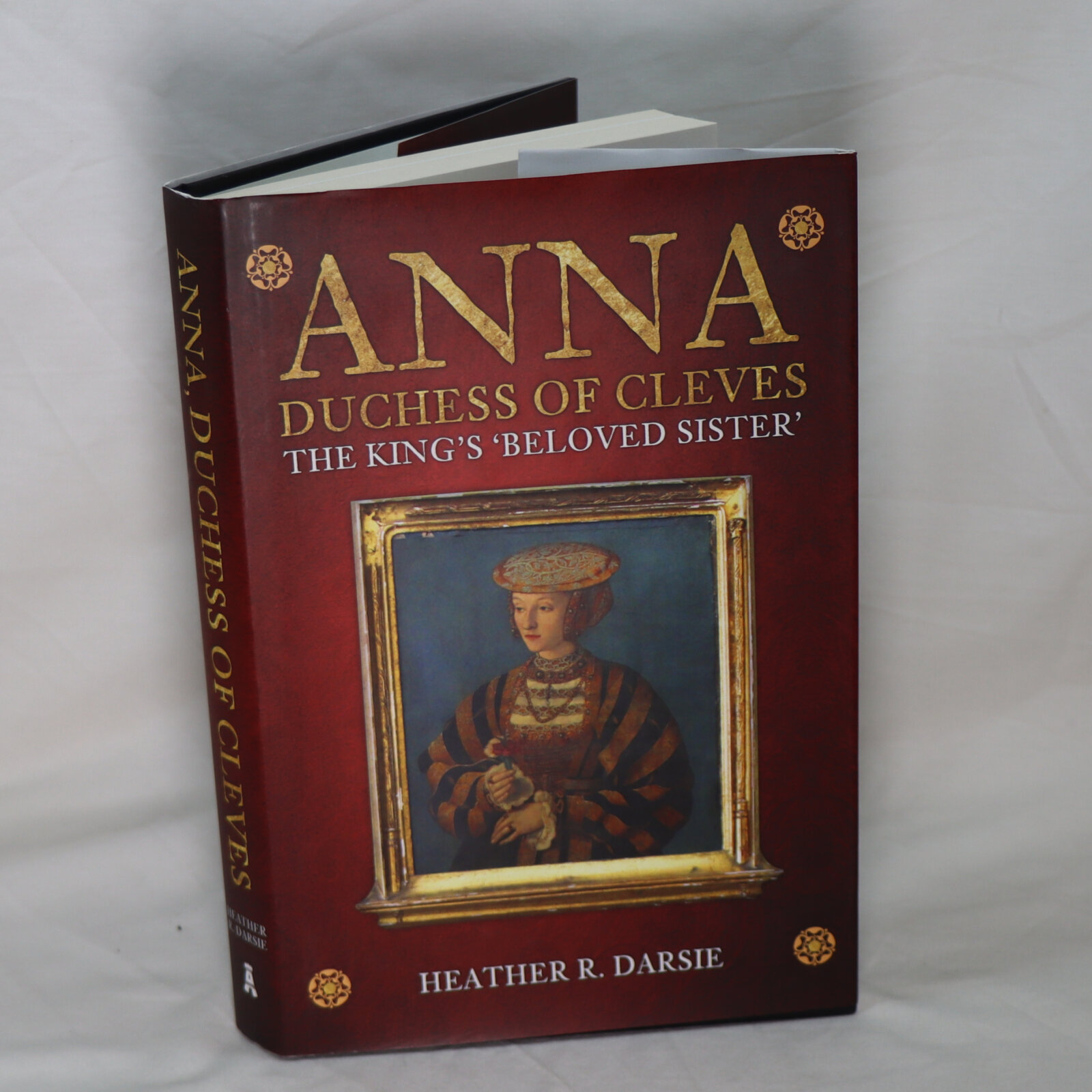
Share this Page with a friend



